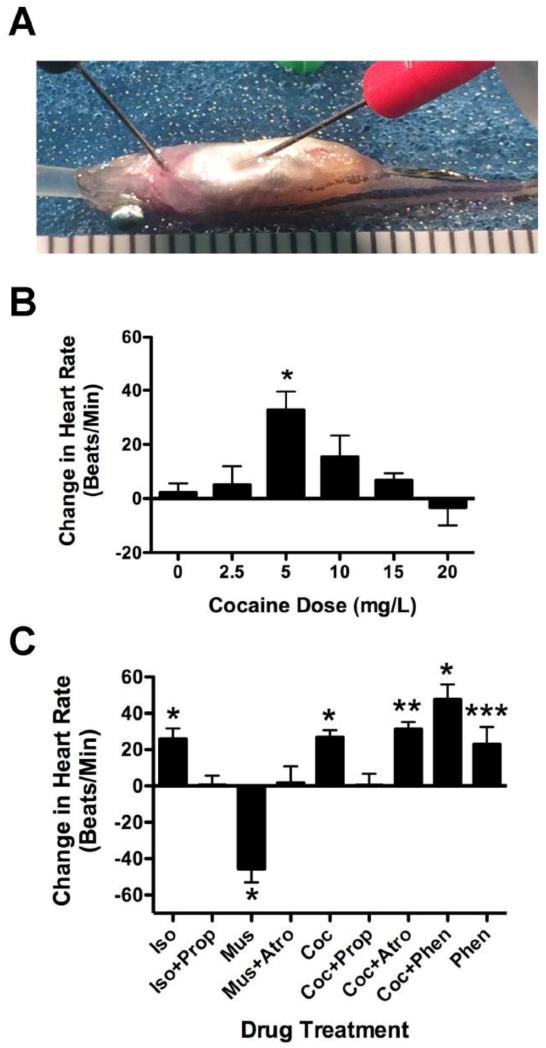Figure 1. Cocaine affects heart rate in adult zebrafish in a dose dependent fashion and does so via action at ß-adrenergic receptors.
Figure 1A shows a typical ECG prep of an adult zebrafish (see methods for details). The graduations below the fish are 1mm. Figure 1B shows results from a representative experiment looking at the change in heart rate caused by different doses of cocaine. The dose response was bell-shaped with 5mg/L cocaine inducing a significant increase in heart rate above untreated fish and fish treated with 20mg/L (*p < 0.01, n = 5). Figure 1C shows the change in heart rate resulting from co-treatment of 5mg/L cocaine with adrenergic and cholinergic antagonists. Cocaine (5 mg/L, Coc), isopreretonol (20μM, Iso), phentolamine (20μM, Phen) induced tachycardia while muscarine (50μM, Mus) induced bradycardia (*p < 0.01, **p < 0.02, ***p < 0.05). Co-treatment with propranolol (20μM Prop) blocked cocaine- and isopreteronol-induced tachycardia. Co-treatment with atropine (20μM Atro) did not block cocaine-induced tachycardia, but did block muscarine-induced bradycardia. Phentolamine significantly potentiated cocaine-induced tachycardia (ANOVA, p < 0.02, F = 3.806, df = 50).

